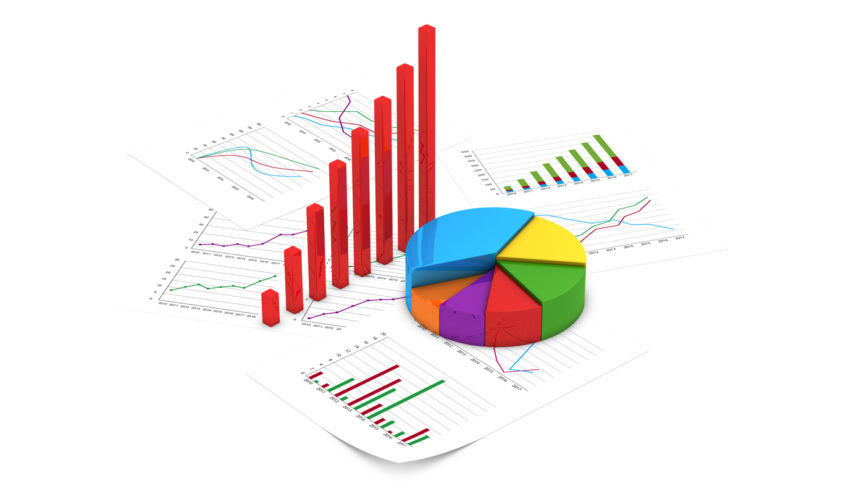The answer: We just don’t know yet! Recently I have come across two pieces that are worth perusing if you have the word “analytics” in any of your objectives for 2016 or are planning are using it in 2017. The first is a publication by Marc Effron, New Talent Management Network, “Still Under Construction: The State of HR Analytics 2016“. It provides an overview of the field today within organizations and offers some key questions to ask your organization’s senior team.
The second is from David Green who identified the best HR analytics articles of 2016. Below is our synopsis as well as some key points from some of the articles:
Organizations have long been analyzing data to gain an advantage over competitors- that is no secret. Human Resources is only beginning to get onboard. Using data analytics techniques can improve overall functioning or identify existing deficiencies throughout an HR department. Workforce planning, talent sourcing, talent acquisition, onboarding & engagement, performance management, talent retention, and employee wellness, health & safety can all be examined by Data Analytics through the discovery of key insights and metrics. According to Nucleus Research, usage of Data Analytics pays back $13 for every dollar spent. The business as a whole stands to majorly benefit from its implementation.
There are several reasons that could explain the underuse of Data Analytics in HR. The first of which is that many HR professionals do not fully understand it. So what exactly is Data Analytics? Like previously mentioned, it is the analysis of organizational data for purposes of driving business objectives. Data is extracted to identify and analyze behavioral data and patterns. The “people-related” outcomes to be measured, such as turnover, are vast. The outcome-driven questions to be investigated by Data Analytics, such as “Do we have the bench strength to compete in the future?” are key to organizational success.
Data Analytics is commonly referred to as “People Analytics” in the realm of HR. With that being said, there is a major human factor involved in HR analytics, which is beneficial to all employees. This is because of the improvement analytics has on decision making processes. When decisions are made through reasoning rather than intuition, human bias can be minimized. This will result in better talent being brought in, retained, and more fairly compensated. According to Patrick Coolen, neglecting the use of Data Analytics in HR is similar to “not caring” about maximizing employee health, engagement, development, and productivity.
Another reason for the underuse is related to a concept called “storytelling.” According to Prasad Setty, it is not enough to deliver statistics through analysis of HR data. An extremely important step in making sure the data is used in productive fashion is ensuring that it is easily understood and memorable. Too often, Data Analytics are not framed in simpler terms. It should not take a Ph.D. to understand the findings.
One other reason for the underuse of Data Analytics in HR concerns not having the means to easily implement the practice. For an incumbent HR employee who does not have a background in statistics, looking at information derived from Data Analytics could look like a foreign language. If you do already understand statistics, the next possible hurdle is having an “easy-to-use” software package to run Data Analytics. According to Richard Rosenow, the statistical software ‘R’ is a recommended tool for this purpose, especially for those relatively new to Data Analytics. There are tutorials and videos online for HR professionals to start becoming versed in Data Analytics if they would like to increase their organizational value.
There is still a long way to go until Data Analytics and Human Resources become synonymous. Regardless, interest levels in People Analytics are massively trending upward, and it is in every organization’s best interest to begin implementing these practices.
Suggestions for incorporating Data Analytics into HR:
- Emphasize the need for a background in statistics when recruiting/hiring
- Decide on the metrics/issues you want to analyze beforehand – then run the analytics
- Make sure employees understand that relying more on People Analytics than existing practices for decision making is in their own best interest
- Incorporate “Big Data” into best practices


Comments
I think organisations should design and create jobs for Industrial-Organisational Psychologists to function in the area of data-analytics as many academic institutions equip them with the ability to conduct research that will befit exactly what is talked about in this article. In this way industrial-organizational and human resource management practitioners can compliment each other in working toward the betterment of organizational efficiency and ultimately organizational growth. In fact, one will then move closer to maximum organizational profits that should be a plus for all stakeholders concerned.
The observations here are spot on. Taking personal bias out of decision making around people is key. It allows the leaders in the organization to look through a lens that is quite different when talking talent. We clearly need to understand the impact talented people have on driving the organizational results. We need to understand where our gaps are also. I have long been a believer in analytics in HR because it not only helps us make good sound people decisions, it also helps us measure ROI back to the organization. When an HR leader can use the data to show that our investment in our people has helped improve overall productivity and business results, that really gets attention from senior leaders. It forces us as HR leaders to think differently about how we do what we do. I have been able to look at impact on customer retention, retention, and increased profits. The data really told the story.